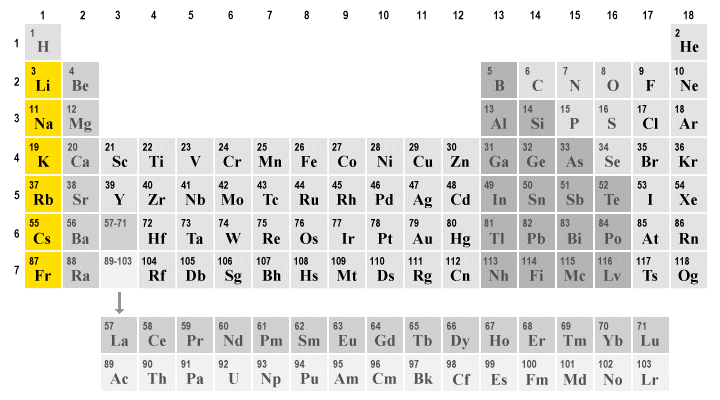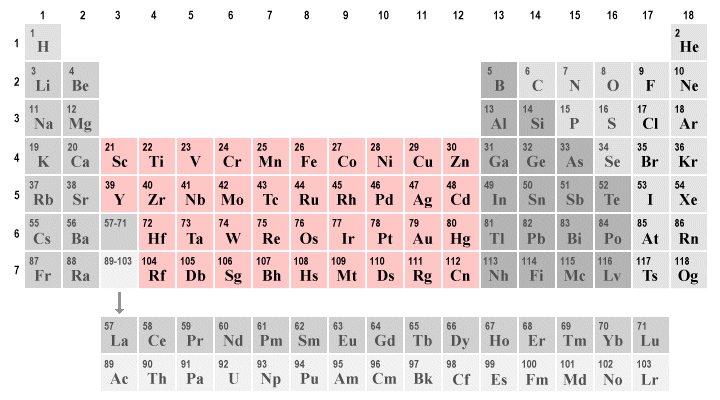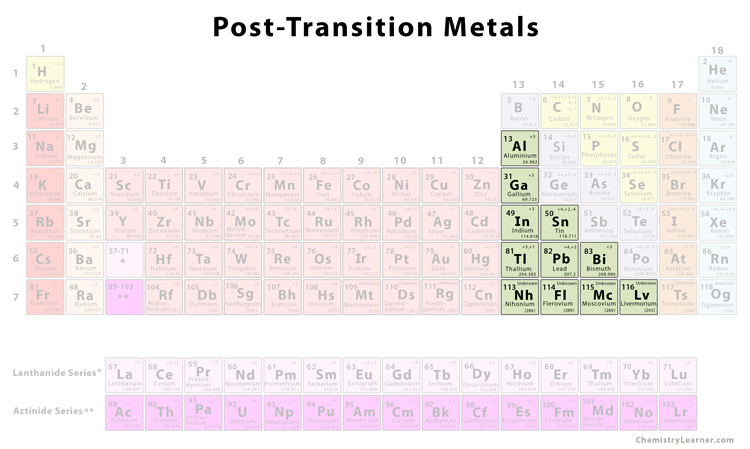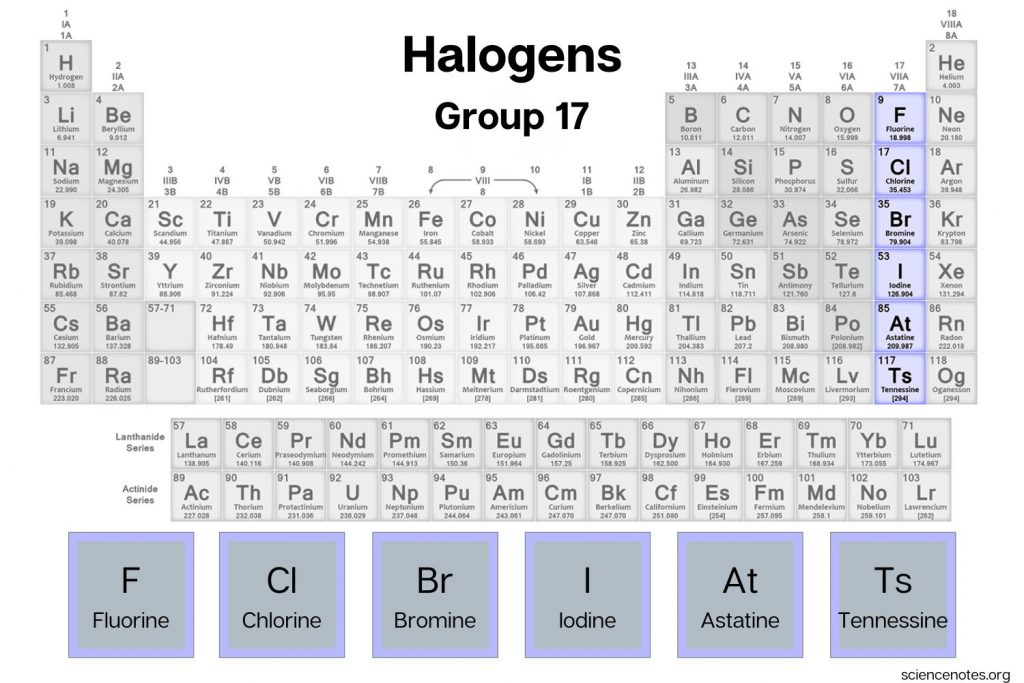science | at1 - the periodic table groups
1/7
There's no tags or description
Looks like no tags are added yet.
Name | Mastery | Learn | Test | Matching | Spaced |
|---|
No study sessions yet.
8 Terms
what are periods in the periodic table
the rows in the periodic table
the atomic number increases by one as you go left to right
every element grouped within the same period has the same amount of electron shells
what are groups in the periodic table
the colums in the periodic table
18 groups throughout the whole periodic table
group number indicates the amount of electrons in the valence shell of the element
the less amount of electrons in the valence shell, the more reactive it is
number of valence electrons determines the chemical and physical properties of elements (element properties in each group are similar)
exceptions are first 2 periods and the transition metals

alkali metals (group 1)
most reactive metals
form +1 ions
too reactive to be found in their pure form
react violently with water with explosion
have typical metal properties
are soft enough to cut with a knife
display extreme chemical behaviour
needed to be handled extremely carefully, they are stored in a bottle of kerosene to not come into contact with air or water

alkaline earth metals (group 2)
high melting points
form +2 ions
act similar to group 1 but are slightly less reactive
are slightly harder than alkali metals
an alkaline solution can be formed when a metal oxide is dissolved in water

transition metals (groups 3 to 12)
include the lanthanides and actinides
generally, transition metals are lustrous, silvery, hard and good conductors of electricity and heat
some are more malleable than others
properties between individual elements may vary greatly

post transition metals
has some properties of post transition metals but are softer and conduct more poorly than them
metalloids
form ions of +1
located between the metals and non-metals in the periodic table
sometimes behave as semiconductors rather than conductors

what are some of the properties of halogens? (group 17)
subset of non-metals
generally very chemically reactive
present in the environment as compounds rather than pure elements
form ions with a charge of -1
are not found in nature in their pure form but are found in various salts
get bigger and become less reactive as you move down a group
all form molecules that are made up of 2 atoms